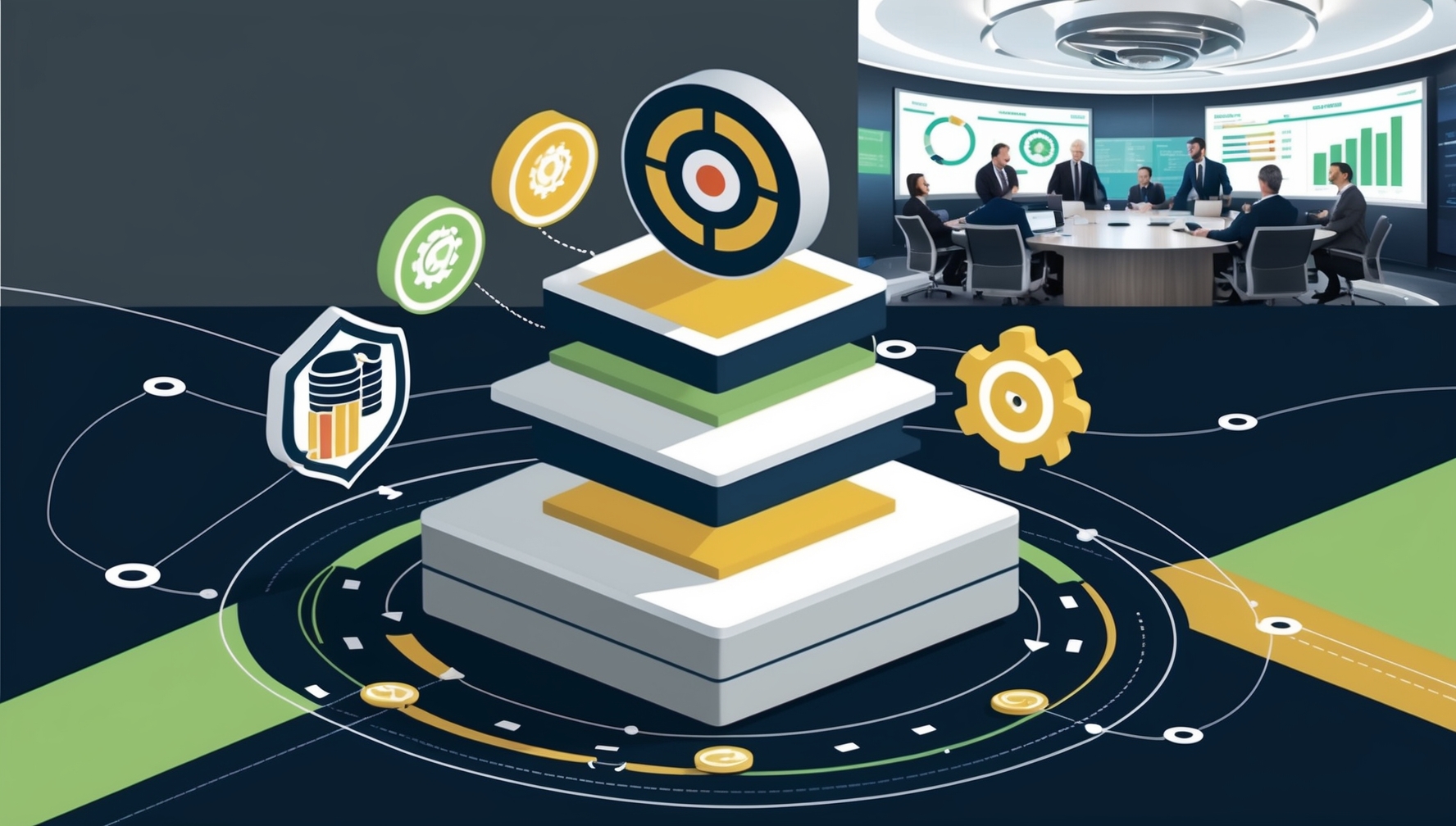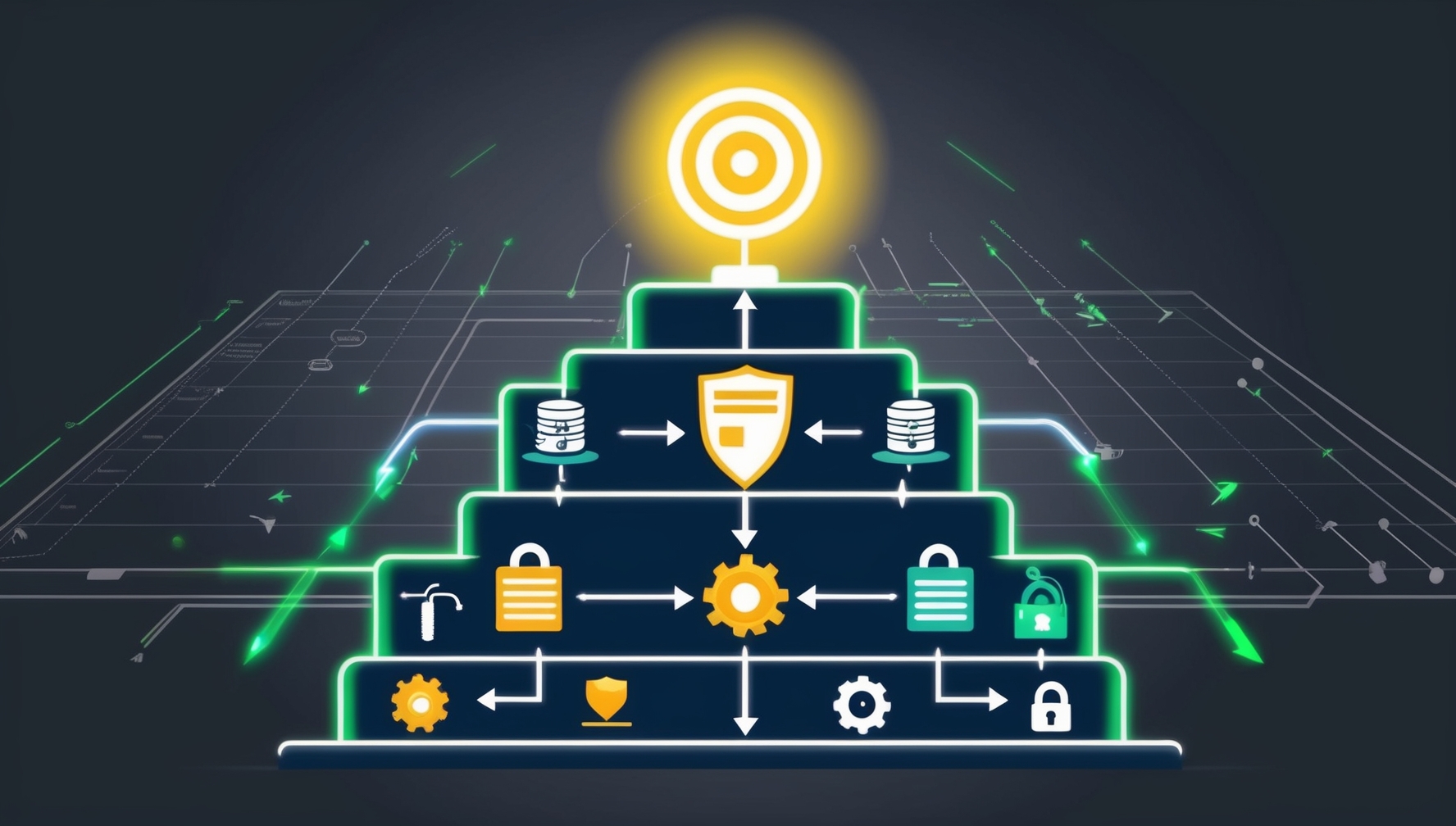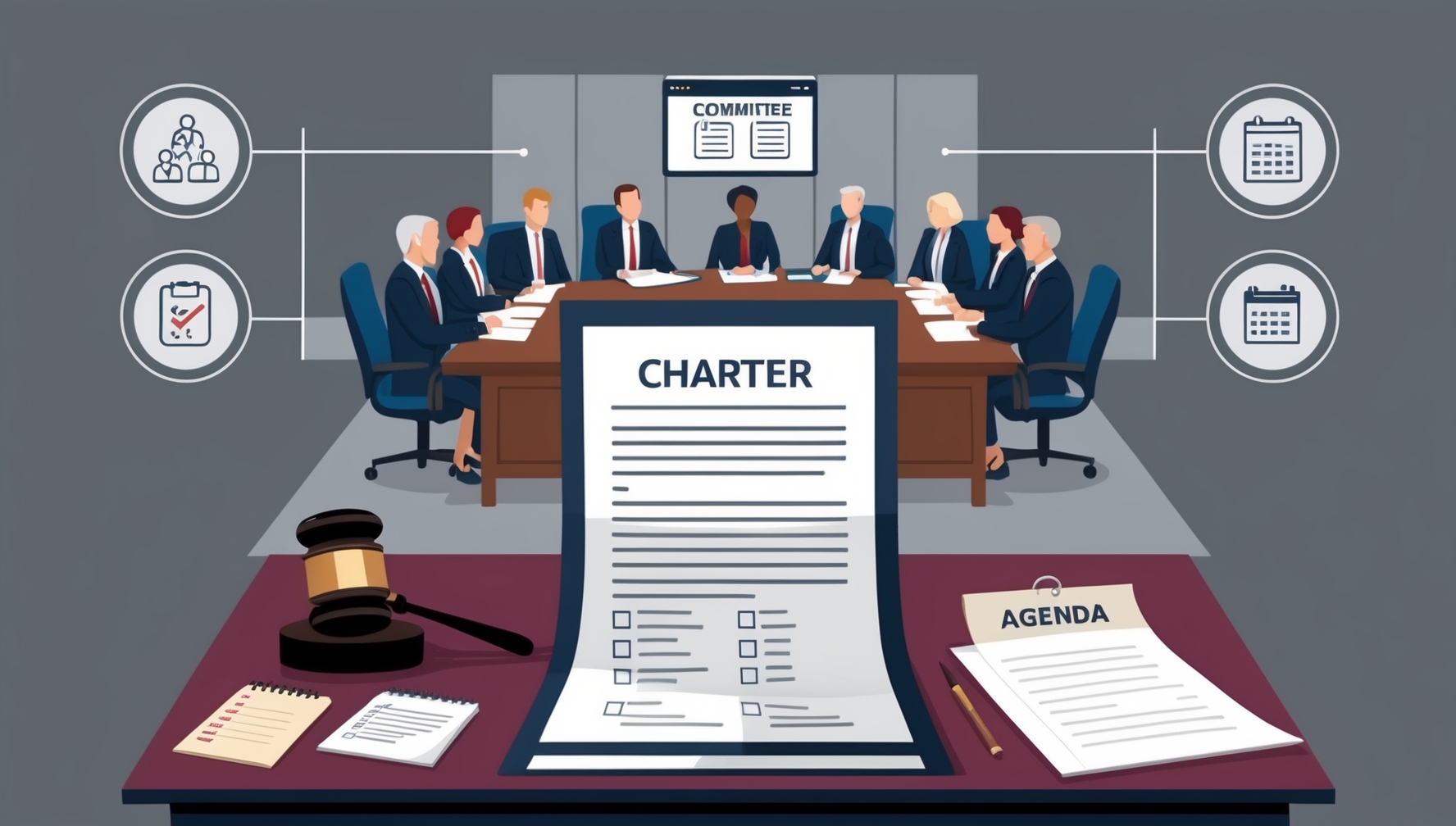Risk Driven Project Portfolio Management
This paper makes the case for project portfolio management as a critical tool in the implementation of corporate strategy 1) corporate strategy must be translated into implementable projects and programs 2) the ability to pick the right programs for implementation makes all the difference between success and failure or corporate strategy. This paper presents a risk-based approach to high-performing portfolio management.



